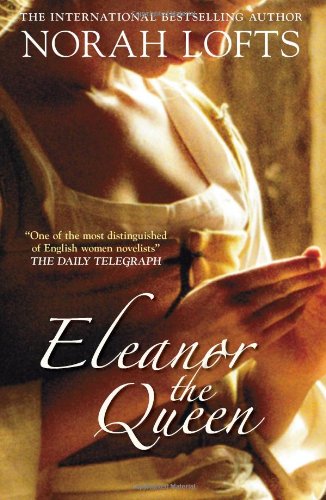Eleanor the Queen
First published in the 1950s and set in 12th-century France and England, Eleanor the Queen follows Eleanor of Aquitaine from the days of her disappointing marriage to King Louis VII through her volatile union with King Henry II. Divorced from the pious French king (with whom she led her own knights on crusade), she weds Henry Plantagenet and lives happily with him for many years, only to discover his heart belongs to a beauty named Rosamonde. When Rosamonde dies (some say of poisoning), Henry blames Eleanor. For this, as well as for Eleanor’s support of their rebellious sons, Henry has Eleanor jailed. She lives a cruel existence now, surviving on news brought to her at risk by a kind peddler. Fifteen years pass and Eleanor remains locked away. For the most part the news she receives involves her battling sons, who are at odds with Henry and each other. Only when Henry dies can her son Richard gain Eleanor’s release.
Eleanor, once a legendary beauty, is now approaching seventy. To her dismay, she learns Richard means to desert England and go on crusade while his kingship and country are threatened from within. Thus, ever bold and proud, Eleanor abandons her plan to accompany Richard to Jerusalem and remains in England, because who else can keep the place in order?
While reading Eleanor the Queen again for the first time in many years, I was surprised by the book’s sweeping transitions (“She had been…[imprisoned] for three treadmill years when something of interest, of excitement, did happen.”). But, after all, Lofts was spinning the tale of a remarkable lifetime in relatively few pages, and, overall, it was good to be back in the arms of one of historical fiction’s most popular authors.










